Ser vs Estar Worksheets
Are you struggling to grasp the distinction between ser and estar in Spanish? Look no further! Our Ser vs Estar Worksheets are specifically designed to help you understand the differences between these two essential verbs. Whether you're a beginner or an intermediate learner, these worksheets will provide you with structured exercises that focus on the entity and subject of each verb, making it easier for you to use them correctly in your conversations and writing.
Table of Images 👆
More Other Worksheets
Kindergarten Worksheet My RoomSpanish Verb Worksheets
Cooking Vocabulary Worksheet
DNA Code Worksheet
Meiosis Worksheet Answer Key
Art Handouts and Worksheets
7 Elements of Art Worksheets
All Amendment Worksheet
Symmetry Art Worksheets
Daily Meal Planning Worksheet
When do we use "ser" instead of "estar"?
We use "ser" when describing essential or permanent characteristics, such as identity, occupation, physical attributes, and relationships. On the other hand, we use "estar" to express temporary states, locations, conditions, emotions, and ongoing actions. Remembering this distinction will help you decide whether to use "ser" or "estar" correctly in Spanish sentences.
How do we conjugate the verb "ser" in the present tense?
To conjugate the verb "ser" in the present tense, you would use the following forms: "yo soy" (I am), "tú eres" (you are), "él/ella/usted es" (he/she/you formal are), "nosotros/as somos" (we are), "vosotros/as sois" (you all are), "ellos/ellas/ustedes son" (they/you all formal are).
What is the meaning of "estar" in English?
In English, the word "estar" translates to the verb "to be" when describing temporary states, conditions, or locations. It is one of two forms of the verb "to be" in Spanish, with "ser" being used for more permanent qualities or characteristics.
How do we conjugate the verb "estar" in the present tense?
To conjugate the verb "estar" in the present tense in Spanish, you would say: "yo estoy" (I am), "tú estás" (you are), "él/ella está" (he/she is), "nosotros/nosotras estamos" (we are), "vosotros/vosotras estáis" (you all are), "ellos/ellas están" (they are).
What are some common uses of "ser"?
Ser" is commonly used in Spanish to express identity, nationality, origin, professions, characteristics, relationships, time, and possession. Some common uses include stating someone's name, describing physical or personality traits, identifying one's nationality, and indicating possession or relationships.
What are some common uses of "estar"?
Some common uses of the verb "estar" in Spanish include indicating location (e.g., "Estoy en casa" - "I am at home"), describing temporary states or conditions (e.g., "Estoy cansado" - "I am tired"), expressing emotions or feelings (e.g., "Estoy feliz" - "I am happy"), and forming the progressive tense (e.g., "Estoy comiendo" - "I am eating").
Can "ser" and "estar" be used interchangeably in all situations?
No, "ser" and "estar" cannot be used interchangeably in all situations. "Ser" is used for essential characteristics, identity, and permanent conditions, while "estar" is used for temporary states, locations, and conditions. Using the wrong verb can completely change the meaning of a sentence.
When describing permanent characteristics, do we use "ser" or "estar"?
When describing permanent characteristics, we use "ser" in Spanish. "Ser" is used for essential or inherent qualities that remain unchanged over time, such as physical appearance, nationality, or personality traits. It is important to remember that "ser" is for permanent characteristics, while "estar" is used for temporary conditions or states.
When talking about temporary conditions, do we use "ser" or "estar"?
When talking about temporary conditions, we use "estar." "Estar" is used to express temporary states or conditions that are expected to change, such as emotions, feelings, locations, or current states of being.
Can you give examples of adjectives that are used with "ser" and "estar" to express different meanings?
Sure! Adjectives like "cansado" (tired) and "feliz" (happy) are often used with "estar" to express temporary states or emotions, while adjectives like "inteligente" (intelligent) and "responsable" (responsible) are used with "ser" to describe inherent or permanent characteristics. Additionally, adjectives like "roto" (broken) and "limpio" (clean) can change meaning depending on whether they are used with "estar" (roto = torn, limpio = neat) or "ser" (roto = damaged, limpio = clear).
Have something to share?
Who is Worksheeto?
At Worksheeto, we are committed to delivering an extensive and varied portfolio of superior quality worksheets, designed to address the educational demands of students, educators, and parents.

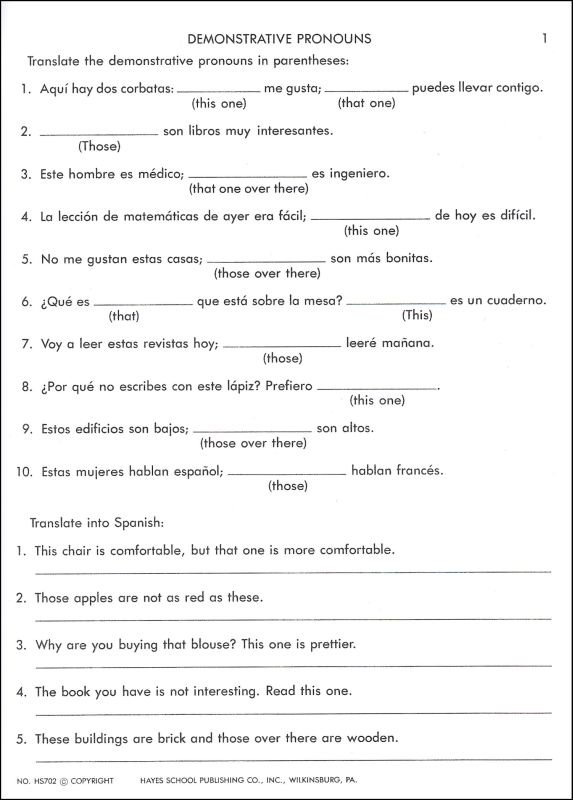




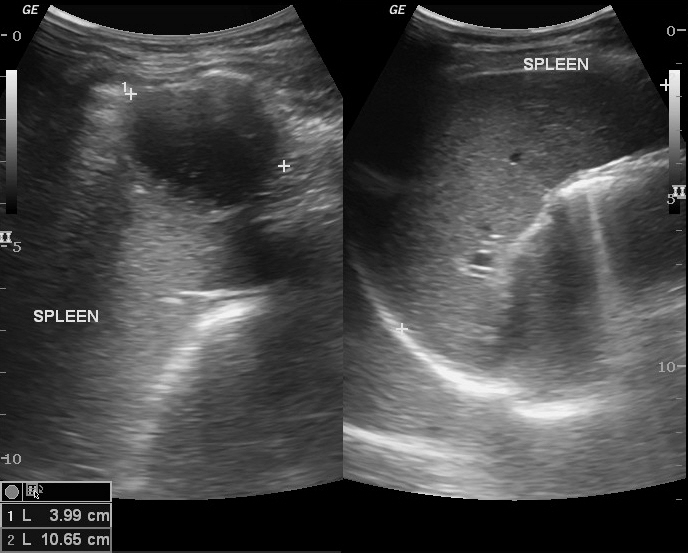
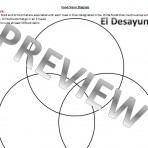
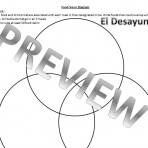
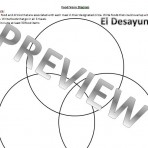
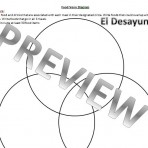
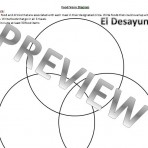
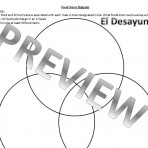
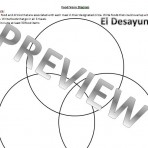
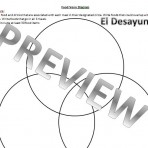
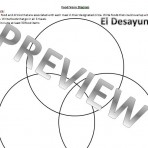
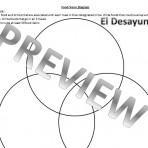
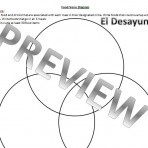














Comments